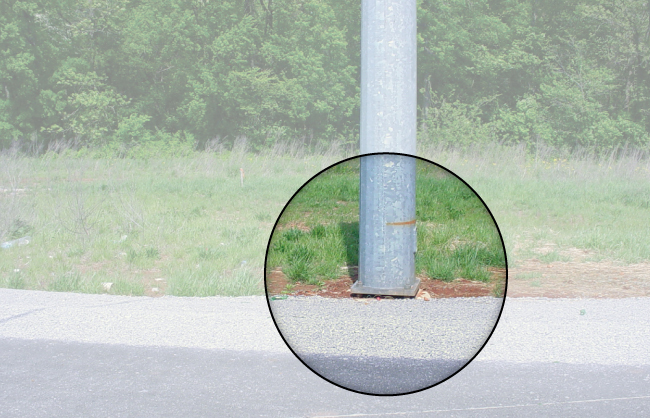Breakaway Supports

If an object along the roadside cannot be removed or relocated outside the clear zone, the damage it would cause to a vehicle can be minimized by ensuring it will break safely if hit. This is accomplished through the use of an appropriate breakaway support. A breakaway support refers to all types of devices that yield when hit by a vehicle. They yield because the design of the support purposely incorporates a weak spot. The criteria used to determine if a support is considered breakaway are found in the AASHTO Manual for Assessing Safety Hardware (MASH) and the AASHTO Standard Specifications for Structural Supports for Highway Signs, Luminaries, and Traffic Signals. Two criteria dictate that these supports fail in a predictable manner:
* AASHTO MASH
* National Cooperative Highway Research Program (NCHRP) Report 350, Recommended Procedures for the Safety Performance Evaluation of Highway Features.
While it is not important to memorize these publications, it is critical to understand that strict specifications exist for the performance of breakaway supports. Since most states have a standard design for breakaway supports that have been crash tested and approved, consult your state's standards for an appropriate design.
As an example, luminaires should ideally be located outside the clear zone. However, if this is not an option; ensure that they are of a breakaway design, do not exceed 60 feet in height, and do not exceed 1000 pounds in weight. Other common installations that utilize breakaway features include post-mounted signs, traffic signals, fire hydrants, mailboxes, and utility poles.
Give special care and consideration to breakaway supports for luminaires, traffic signals, and utility poles. If not designed or constructed properly, a falling support can be hazardous to vehicles on the roadway.


